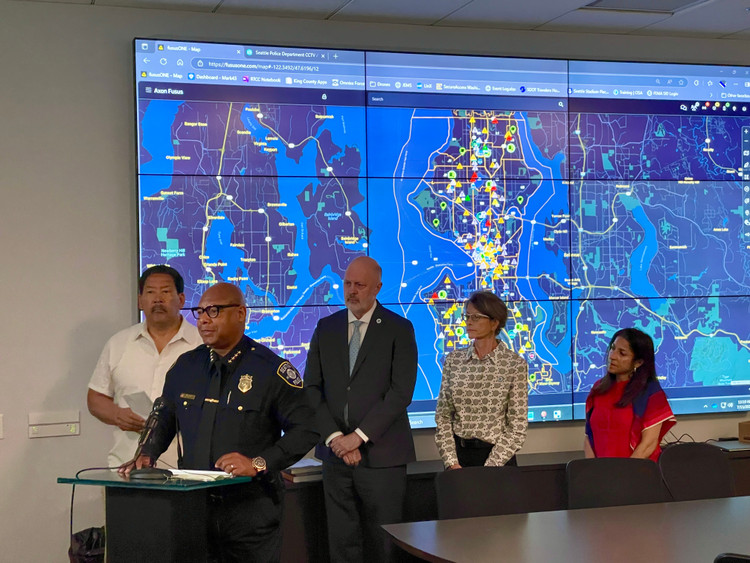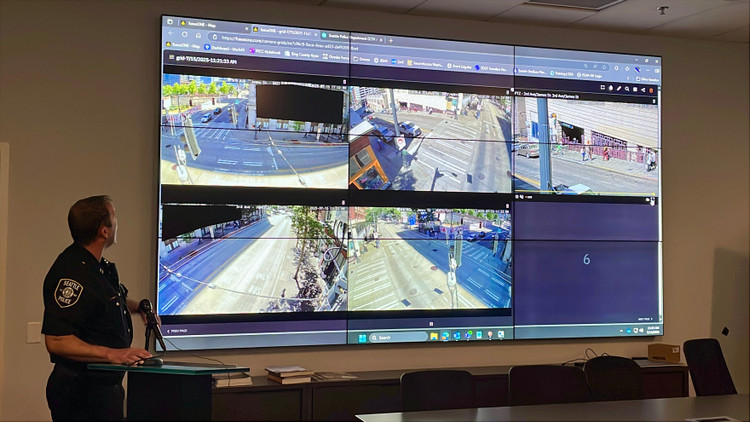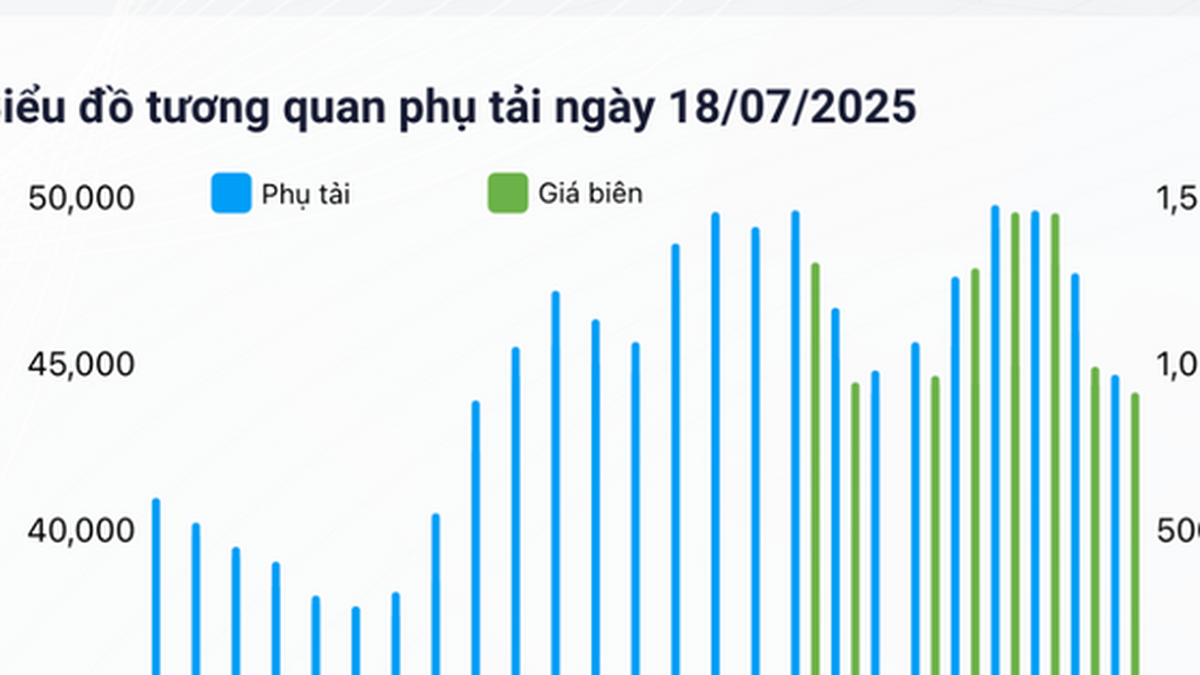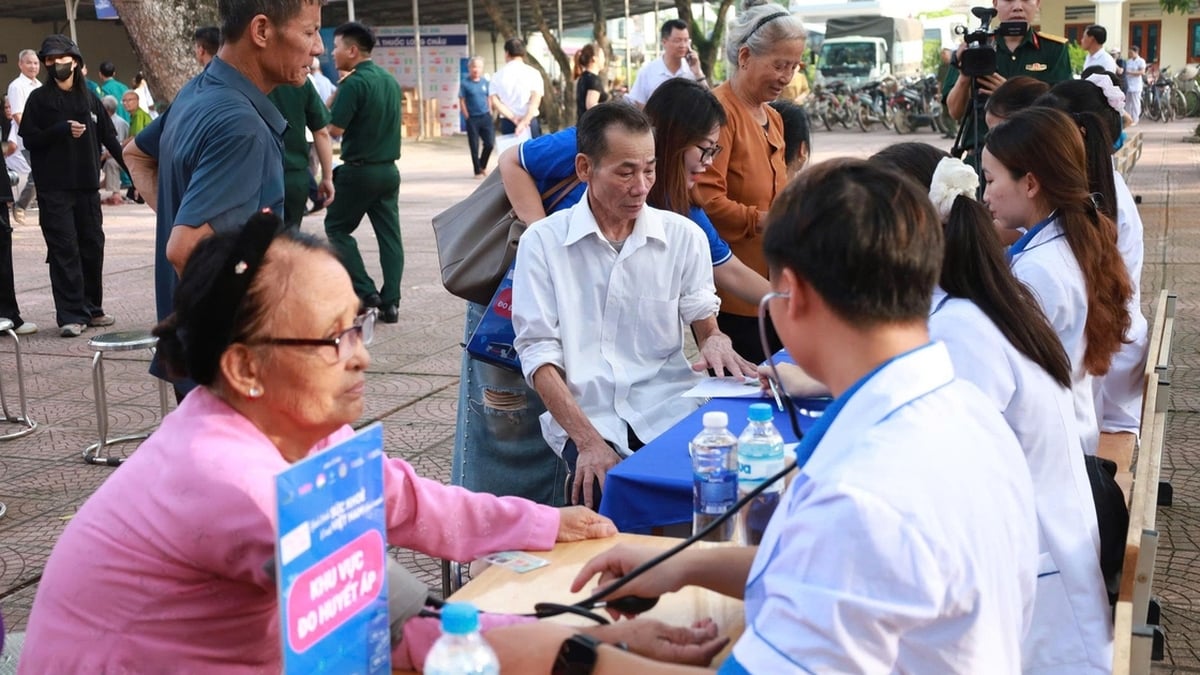The Seattle Police Department has officially launched a new high-tech operations center designed to help officers fight crime in real time — and it's already showing results, according to city officials.
Mayor Bruce Harrell, SPD Police Chief Shon Barnes and city council members held a media event on Tuesday to celebrate the new Real-Time Crime Prevention Center, located inside police headquarters in downtown Seattle.

The center collects data and live footage from surveillance cameras and other sources into a centralized command room, which is monitored by analysts nearly 20 hours a day.
The center supports ongoing investigations by relaying video and incident data directly to patrol and detective units. Analysts can provide live updates and still images of suspects, a capability SPD says supports its “precision policing” model.
In less than two months, the system has been used in 600 cases and is actively assisting in 90 investigations, according to city officials.
Mayor Bruce Harrell called the system “a breakthrough.” “It’s not a silver bullet, but it means we’re delivering on our promise to use every tool available to improve public safety,” he said.
Not everyone is supportive of the new effort, which takes advantage of new police CCTV cameras downtown, along Aurora Avenue and the Chinatown-International District.
Last year, the American Civil Liberties Union (ACLU) of Washington cited “evidence that these technologies do not reduce violent crime and disproportionately harm communities of color.”
“SPD’s use of RTCC software would give ICE and out-of-state agencies access to data to arrest immigrants and prosecute those who come to Seattle for sexual and reproductive health care while bypassing state protections,” the ACLU said in a statement in September.
Capt. James Britt said data requests from outside agencies — including federal law enforcement — are screened and must comply with state and local laws. “We control where our data goes,” he said.

Captain James Britt shows live footage from cameras as part of SPD's new Real-Time Crime Center.
The center, part of a broader crime-prevention technology pilot program initiated by Harrell, uses Fusus software developed by Axon, a major company in body cameras and police tasers with an engineering office in Seattle. Last year, Axon acquired Fusus, a leader in real-time crime-prevention center technology.
The software doesn't use facial recognition, gait analysis, or other biometric tools, Britt said — but it can search videos using keywords like "red shirt" or "black Toyota" and flag potential matches for human review.
The city said it has completed a required Monitoring Impact Report and has launched a third-party academic review led by researchers at the University of Pennsylvania.
In a follow-up interview with GeekWire, Britt emphasized that the system isn’t meant to replace officers — it’s meant to enhance their capabilities. SPD has been staffing up after losing staff in recent years.
“All of this technology has the incredible potential to change the way we do our jobs — to make us better, faster and more accurate,” the police chief said. “That’s really what those of us in uniform want.”
“We want to be able to do our job better — not more drastically, not more broadly. We want to do what we do, but we want to do it better, and this helps us do that.”
The original version of the center actually launched a decade ago but was not integrated into real-time police operations like the latest system.
A new legislative proposal would expand CCTV surveillance to the Capitol Hill nightlife district, SODO near the stadium and the neighborhoods around Garfield and Nova High Schools.
Harrell has supported the controversial gunshot detection technology system but announced last year that the city would not allocate money for the initiative.
The ACLU sent a statement from Vanessa Torres Hernandez, ACLU-WA's director of integrated advocacy:
The installation of real-time crime center cameras and software in Seattle is an expansion of surveillance technology that deserves attention from Seattle residents.
Public safety is paramount, but these technologies have not been proven to reduce violent crime. Instead, they collect vast amounts of data about people’s locations—and despite promises from officials about safeguards, there is no guarantee that the data collected will be protected from outside agencies seeking to do harm.
We’ve seen many local agencies share information with the federal government and ICE despite promises of safeguards, and that risk only increases as we collect more of people’s data.
People deserve to live in their communities without being spied on and should not have to sacrifice their privacy for the illusion of safety provided by surveillance technology.
Source: https://khoahocdoisong.vn/canh-sat-my-ra-mat-trung-tam-toi-pham-thoi-gian-thuc-post1555145.html


































































































Comment (0)